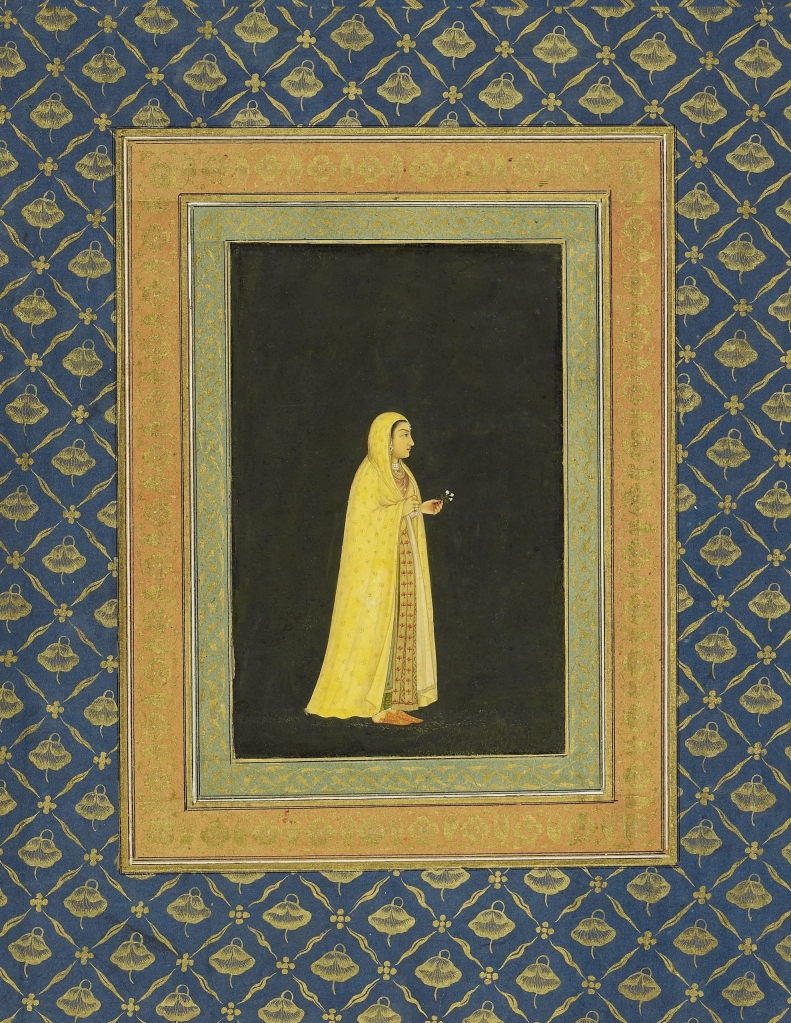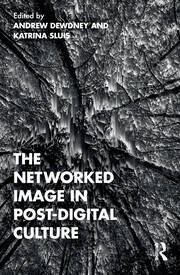I read Andrew Dewdney’s chapter in the new book he’s edited with Katrina Sluis called The Networked Image in Post-Digital Culture last week, for a discussion with the fab TRAVIS research team. Dewdney’s chapter is a very useful read – he summarises several of the statements about digital imagery that I’ve returned to repeatedly in my own work, and takes them and their assumptions forward to a specific critical position. The chapter covers a lot of ground, and I’m just going to say something here about how it brought into focus some of the limits of those statements for me.
These are all really important statements about contemporary visual culture. Hoelzl and Marie work through a very productive definition of digital images as images that are co-constituted with software; Rubinstein and Sluis explore the networking of photos; Mackenzie and Munster coin the useful term ‘invisuality’ to refer to the algorithmic analysis of the vast banks of images collated by social media platforms; and Beller points to the political economy driving those same platforms. Dewdney rightly suggests that this work has many significant things to say about “the magnitude of image capture, its aggregation in datasets, cloud storage, platform interfaces, circulation and deployment in machine vision.”
However, Dewdney takes as empirical reality the formations described by Hoelzl and Marie, Beller and Mackenzie and Munster and generalises from them about all digital visuals now, to claim that “visuality has entered a decisive era of the more than visual and nonrepresentational in which an ocular-centric worldview, which previously devolved upon the mechanical eye, has been overturned by the operations of data and signalling.” Representation no longer matters for critique, apparently, because representational imagery (ie photography) has been superceded by algorithmic computation.
All the authors discussed by Dewdney are of course describing important empirical realities. But as various kinds of materialist scholars, or as media archeologists perhaps, they are also theorising from those realities, and Dewdney’s discussion of their analyses shows some of the implications of extending that theoretical position into a universal empirical description of “the politics of the image”.
One issue for me is the continued reference to ‘the image’ in the singular, accompanied by the implicit reference to photographs as a sort of paradigmatic image. I think this shapes the argument in particular ways. Aligned with a critical interest in the political economy of images, for example, it means that much of the argument actually refers to social media photos and platforms and therefore – possibly – only to social media photos.
Another is that Dewdney’s attention to the power of ‘the operations of data and signalling’ produces a number of binary splits in his argument. Splits include those between illegible computational processes and the legible image; or the invisual and the visual; or the representational and the not; or the network and the everyday. Various spatial metaphors underpin this split: a front end and a back, an A-side and a B-side. While in theory all these meet at the interface of a screen that displays a photographic image, the implication is that the image doesn’t matter and indeed is a distraction from the real site of power, which is the algorithm ‘behind’ the screen. This appears to remove users/humans/posthumans from the site of the algorithm – which is odd because the actual sites of algorithmic labour are full of humans (as well as computers).
Another associated binary that emerges is that visual culture is divided into two parts too, between the algorithm – the agential materiality of the image, in this account – and the user of the image. In fact I would say that this is not only a binary, it’s a dualism: the user ends up as simply that which algorithm is not, constituted as immaterial and as desiring and as having an unconscious, in Dewdney’s discussion. This means that what Foucault called the ‘situation’ of visibility is understood in quite limited terms. There’s no attention to the practices or discourses or imaginaries that render certain kinds of images in particular situations recognisable in particular ways, for example.
I am summarising crudely here, but I think not entirely inaccurately. It seems to me that softimages are hugely important now. But I also think that this account underestimates the variety of productive power dynamics in the many different situations of contemporary digital visual culture. Moreover, digital images are not all photographs, or part of profit-driven platforms, or even networked. Embodied users still matter. Not all seeing is platform seeing. And the situations in which images take place are hugely significant for their effects.
For example, at some interfaces with softimages, human agency is itself constituted as calculative – not algorithmic exactly but not just disembodied ‘desire’ either (I’m thinking here of all the apps used for efficiency and convenience in which desires are aligned with calculations about corporeal time, energy, expense). And there are situations in which embodied engagement with images remains absolutely pivotal (as our TRAVIS team discussion emphasised – Kat Tiidenberg is our project lead).
There are also many situations in which enormous care is taken to establish digital images as representational. I’ve been looking at the design of urban digital twins recently, for example. These might be positioned as the next stage of cyber/intelligent/smart cities, but rather than gathering data via city dashboards in smart control centres, they integrate real-time big data about a city into a three-dimensional digital model of that city. (Or that’s the theory anyway – as with cyber/intelligent/smart cities, there’s a lot of hype as well as some serious experimentation going on – experimentation which is not being carried out by social media platforms, nor always for profit…). In this situtation, the relation of data to the actual city matters hugely – the data need to represent the city in ways that enable action in relation to city infrastructure. This is done largely through a number of geometric operations, but photographs continue to be used in various ways in many digital twins as part of this effort to model the ‘real’ city. This is an important example of powerful forms of softimagery being used to manage urban life through representational techniques – and which doesn’t fit the situation Dewdney outlines for ‘the’ image.
Finally, one of the many provocations in Jacob Gaboury’s book Image Objects – which is a history of early computer graphics – is its complete (I think) lack of reference to photographs. The strong implication is that the computational processes that produce computer graphics (may) have nothing to do with the processes of invisuality described in Dewdney’s account, based as it is on social media photos. As Gaboury convincingly argues, computer graphics are mathematical and spatial objects first, that are then made visible; they are not inherently visual. I’m not sure yet how to reconcile these two accounts but given that, as Gaboury points out, computer generated-graphic images are in many situations now visually indistinguishable from photographs, it does seem to me that both arguments and image types need to be considered carefully, in all their diversity, in discussions of contemporary digital visual culture.
My simple point is that I think we need a much more diverse and precise vocabulary for the wide range of uses and effects and distributions of digital images now. We surely need to theorise digital visual culture in ways that could include the huge variety of different kinds of softimages and their diverse effects – like digital twins, for example, or movie VFX – rather continuing to generalise from the invisuality of social media platforms, important as that is.












